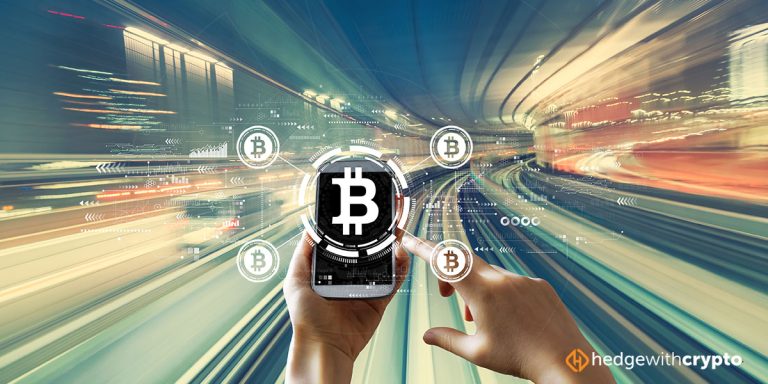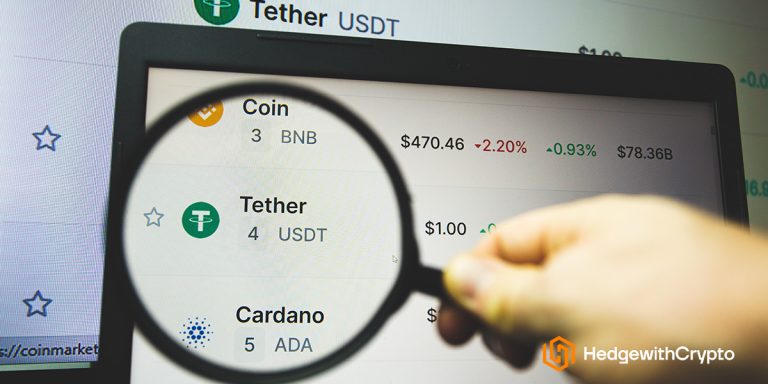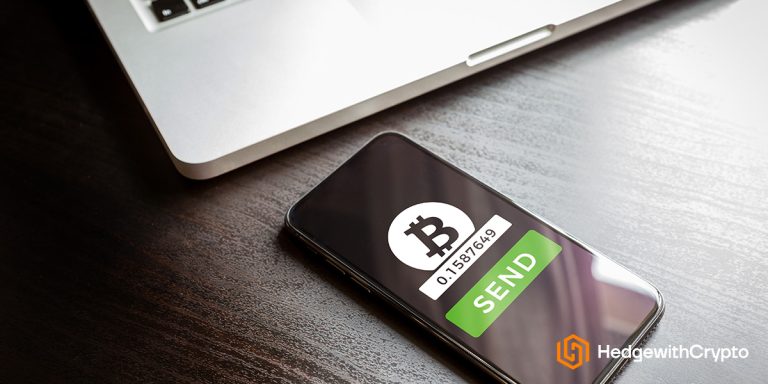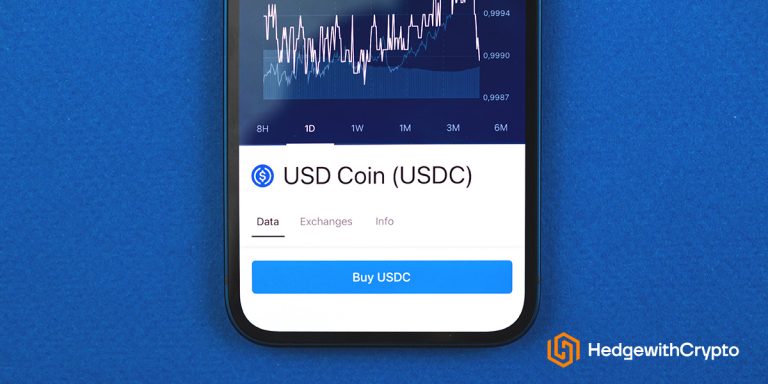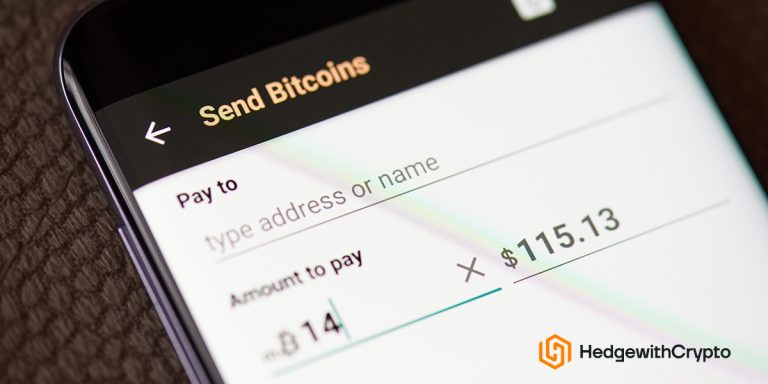This Is How Long It Takes To Transfer USDC
TABLE OF CONTENTS
USDC is one of the best stablecoins for safety when it comes to trading, holding value against the volatility of cryptocurrency markets, or even earning yield through lending platforms. Unlike other cryptocurrency tokens, USDC is not limited to one blockchain, which means that several factors can influence transaction times. In this guide, we will determine how USDC transactions work, establish which blockchains USDC is compatible with, and evaluate how long it takes to send USDC from one wallet to another.
How Long Does It Take To Send USDC?
The time required to send USDC depends on the blockchain chosen to complete the transaction, the congestion of the network, and the number of confirmations. Ethereum-based USDC transactions can take between 5-20 minutes. In comparison, Proof-of-Stake (PoS) networks like Avalanche, Algorand, Tron, Flow, and Stella networks can all process USDC transactions within tens of seconds to 1 minute.
Some of the quickest blockchain networks can process USDC transfers near-instantly, however, no USDC transfers are instantaneous. Even the fastest cryptocurrencies to send such as Solana, Polygon, and Hedera, will require a little processing time. Congestion on the blockchain and the destination wallet address will also impact results.
Faster blockchains such as Solana, Polygon, and Hedera-based transactions can often send USDC within 5 to 20 seconds. With its innovative Hashgraph technology, Hedera claims that the network can process over 100,000 TPS and claims a confirmation time of 3 to 5 seconds. Even at times of high congestion, USDC transaction times for Polygon, Solana, and Hedera are only likely to extend up to a maximum of 1 minute.
Related: How long does it take to send Solana?
However, in addition to the unique internal architectures of different blockchains, external factors can also influence the time it takes to complete USDC transactions.
Factors Affecting The USDC Transfer Speed
Regardless of whether USDC is sent using the Ethereum or Solana blockchain, transaction speeds can be affected by both network congestion and the destination address.
- Network congestion. High congestion on a blockchain network can severely impact transaction times. As more people send transactions across the network, more transactions need to be validated and processed by either validators or miners, which slows down transfer speeds. However, the impact of congestion is also blockchain-dependent. Some blockchains, such as Solana, can scale much more rapidly than others. At times of high congestion, Ethereum transfers might increase by several minutes, whereas Solana transaction times may only increase by tens of seconds.
- Wallet address. The destination wallet address is the final external factor that can greatly impact the speed of USDC transfers. Cryptocurrencies are typically transferred into personal wallets or exchange-based wallets. However, transfers to personal wallets and exchange-based wallets can sometimes be treated differently. For increased security and accuracy, wallet providers can require a set number of confirmations to be completed before a USDC transfer is received.
Speeding Up USDC Transactions Is Possible
Sometimes, the speed of a USDC transaction can be improved by either increasing the gas fee associated with the transaction or adding a tip. All blockchain transactions require a gas fee that is paid in the native cryptocurrency coin of the blockchain. For example, Ethereum users must pay a small amount of ETH each time a transaction is completed. However, some blockchains allow traders to increase the gas fee so that either validators or miners in the network process that transaction quickly.
Likewise, other blockchains allow traders to add a tip to the transaction, which is then passed on to miners or validators. Adding a tip can help to get a transaction added to an earlier block in the blockchain. While a gas fee increase or tip can increase the likelihood that a transaction will be processed sooner, there is still no way to determine how long a USDC transaction might actually take.
Number of Confirmations For USDC
The number of confirmations required for USDC transactions varies between wallet providers and also between different blockchains. Typically, exchange-based wallets require the highest number of confirmations, whereas personal cryptocurrency wallets require far less.
The number of confirmations will then depend on the blockchain chosen to complete the transaction. Some wallet providers may only support one blockchain for USDC transfers, whereas others may support several. For example, Coinbase supports USDC running on 3 blockchain networks: Ethereum, Solana, and Polygon. Meanwhile, Binance supports USDC running on 8 different blockchain networks. The number of confirmations is often different for each supported network.
Here are the number of confirmations required to complete a USDC transfer on some of the most popular crypto exchanges:
- Crypto.com: Ethereum (ERC-20): 12 confirmations
- Kraken: Ethereum (ERC-20): 20 confirmations
- Coinbase: Ethereum (ERC-20): 14 confirmations, Solana: 14 confirmations, Polygon: 14 confirmations
